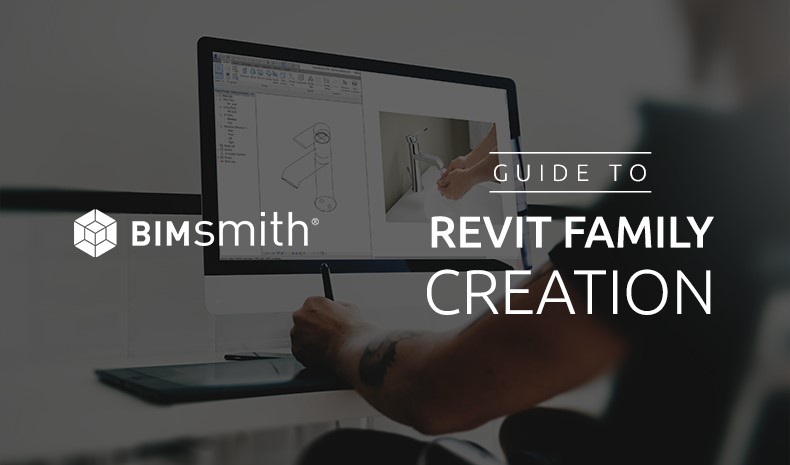Revit family creation is an important skill to have in today's market.
Revit is a powerful tool but isn't always the easiest to learn on the fly - especially when it comes to the nuances of specialized tasks like creating Revit families from scratch.
Whether you're building Revit content for yourself, your firm, or a class, we've compiled a set of Revit family creation tutorial videos that guide you through different skills and process that you will need to understand in order to become a pro at making Revit families.
This is a working compilation of Revit tutorials, so we're always updating and adding new content as we go. If you have an idea of what you'd like to see added to this page, please submit a comment below.
Revit Family Creation 101 - Intro to Creating Revit Families
Looking to learn how to build a Revit family from scratch? This tutorial walks through how to do just that, using the built-in Revit Family Editor. This video gives a basic introduction to Revit family creation - for more in-depth topics, view the tutorials below.
Build a Parametric Adaptive Component in Revit
In this BIMsmith Revit Tutorial, Pete from the BIMsmith team walks you through how to work with adaptive components in Revit. He guides you as you build an adaptive Revit family in Revit using points, adding parameters, and then applying it to a divided surface.
How to Add Rotational Parameters to Nested Geometry in Revit Families
The ability to set rotation parameters for an object in Revit is an important skill to know. It can be useful in all kinds of applications and allows you to add key functionality to a Revit object that doesn't quite reflect the flexible/rotational properties you want it to.
How to Work with Parametric Arrays and Constraints in Revit Families
Applying parameters to arrays in Revit can be challenging and typically comes with a number of warnings if not done properly.
In this BIMsmith Revit Tutorial, Pete Heibel covers the basics of a useful workflow when defining parametric arrays, including nested families, reporting/instance parameters, and constraint techniques to better handle user input.
How to Create Complex Wall Types in Revit
Want to get more out of your Revit walls?
In this BIMsmith Revit Tutorial, Pete Heibel shares some tricks to get the most out of Revit's built-in wall features. In this video, we'll take two similar Revit wall types, stack them together, modify their layer constraints, and then add various profiles to create one complex but useful wall type which will save you a lot of time while drafting and detailing various wall conditions.
5 Essential Formula Techniques for Constraining Revit Parameters
Revit is a powerful tool.
Even if you’re a Revit beginner, it doesn’t take much time to realize the breadth and complexity of data that Revit can manage and manipulate for you.
But in order to take advantage of the power behind Revit, you have to know how to “speak the language.”
We find this to be true every day that we use Revit, and want to share one of the most frequent instances in which proper syntax is essential: defining parameters.
(Caution: we’re about to enter Revit geek mode. Buckle up.)
--
 BIMsmith is a free cloud platform for architects, designers, and building professionals to research, select, and download building product data. Search, discover, compare, and download free Revit families on BIMsmith Market, or build complete, data-rich Revit wall, floor, ceiling, and roof systems faster with BIMsmith Forge.
BIMsmith is a free cloud platform for architects, designers, and building professionals to research, select, and download building product data. Search, discover, compare, and download free Revit families on BIMsmith Market, or build complete, data-rich Revit wall, floor, ceiling, and roof systems faster with BIMsmith Forge.














